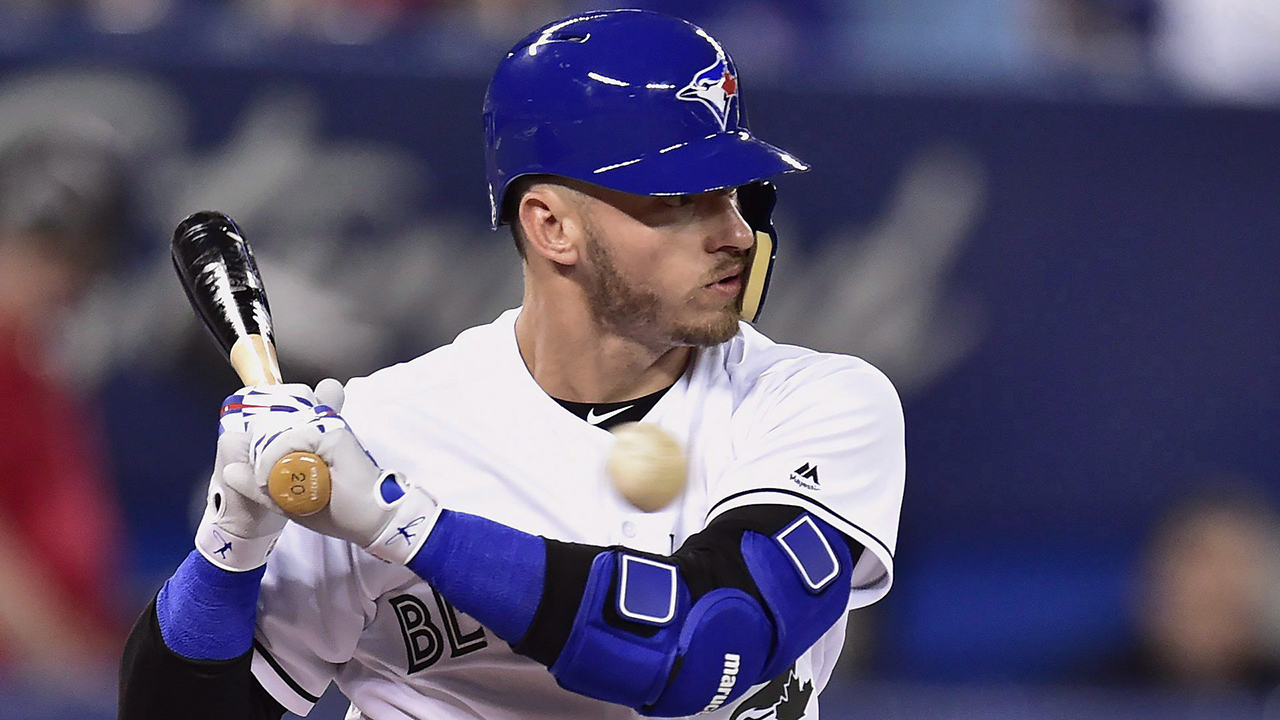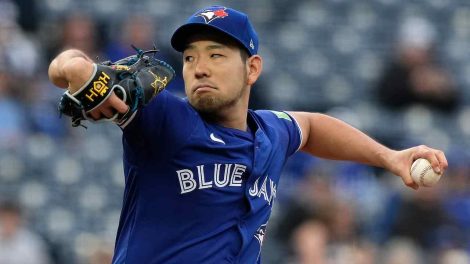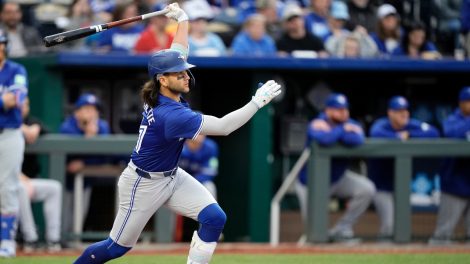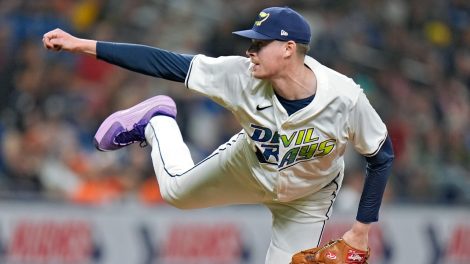• Day-night batting splits
• Combating glare
• Dark eyes vs. light eyes
Ever look up your favourite batter to get some basic stats and end up in a click hole comparing exit velocities, batted-ball trajectories and leverage situations? Sure you have. It happens to the best of us. Next time, take a look at day-night splits, too, and if you find a disparity ask yourself: What colour are the player’s eyes? Because, it matters.
Brilliant sunlight and a white ball moving at high speed conspire to give many players problems with vision during daytime games, but for players with light-blue eyes it can be a real problem because they’re more susceptible to glare. Here’s how it works.
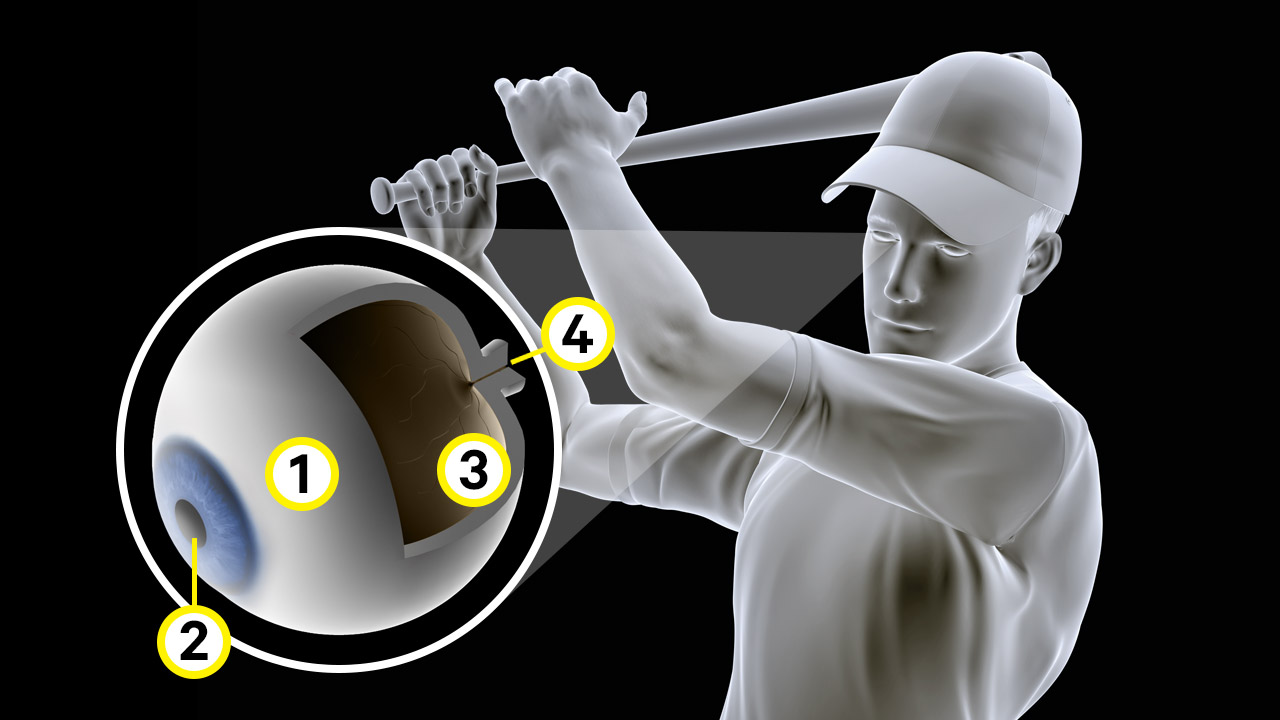
Available light reflects off objects in the field of vision — say, a pitcher on the mound and a baseball hurtling toward home plate — and enters the eye through the cornea, the transparent layer that covers the iris (1) and pupil (2).
Light rays then enter the eye and create an image on the retina (3), where photoreceptor cells make the neural image that’s relayed to the brain via the optic nerve (4), allowing a player to process exactly where pitch is coming in.
So, what does that mean for blue-eyed batters?
Excess light not used by the photoreceptors is absorbed by an underlying layer of pigmented cells called the retinal pigment epithelium. Dark-coloured eyes have a more heavily pigmented retina, while most people with light-coloured eyes have little pigment, which means the retina can’t absorb as much light.
“It’s kind of like a black blanket — a black blanket will absorb a lot of the sunlight, more than a white blanket, where you get a lot of reflection,” says Dr. Ken Mandadakis, an optometrist and low vision clinician in Toronto.
This all occurs on a sliding scale, so baseball players with the darkest eyes cope best with glare during day games, while those with very light eyes have the hardest time.
[relatedlinks]
Light that isn’t absorbed bounces around inside the eye, hitting the photoreceptors at odd angles and creating a hazy glare that interferes with the ability to clearly see a ball approaching. The effect is similar to peering through a car windshield with bright sunlight streaming through it.
How can light-eyed batters combat the problem? Not surprisingly, sunglasses help. But so does wearing tinted contacts, which cut the glare. Amber lenses, in particular, heighten contrast against grass and blue skies.

